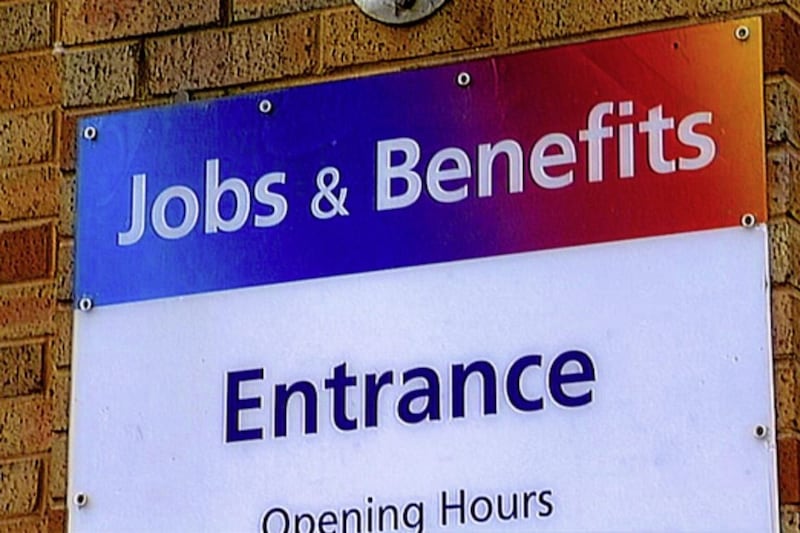The average monthly wage in the north increased above the rate of inflation last month, according to official statistics.
HMRC’s pay as you earn (PAYE) data for Northern Ireland, put the median monthly pay at £2,192 in April, a monthly uplift of 1.1% (£23) and a 6.8% (£140) rise over the 12 months.
The latest consumer price index from the UK Office of National Statistics put the rate of annual inflation at 3.2% in March 2024.
The figures were published on Tuesday as part of the latest labour market snapshot from the Northern Ireland Statistics and Research Agency (Nisra).
The report suggest the north’s labour market remained resilient in the first quarter of 2024, with unemployment falling to a record low of 2.1%.
The proportion of people aged 16-64 in work increased to 71.8%, with the rate of economic inactivity falling to 26.6% in the three months to March.
The total number of weekly hours worked also saw a sharp uptake (2.7%) on the previous quarter to 28.3 million.
But there were some signs the rate of job creation may be easing in Northern Ireland.
The latest HMRC data showed payrolled employee numbers decreased by 0.3% (2,014) over the month, falling from a record 801,622 in March to 799,608 in April.
Although it represented a 1.3% increase over the year, it put the total back to where it stood at the start of 2024.
The claimant count also increased marginally in April (0.1%) to 36,200, the equivalent of 3.7% of the northern workforce.
The count includes the number of people claiming jobseeker’s allowance and those claiming universal credit principally for the reason of being unemployed.
Nisra’s report reveals that employers proposed 140 redundancies during April, taking the total since the start of the year to 710.
The data only measures cases where employers are statutorily bound to notify the Department for the Economy when proposing to cut 20 or more roles.
There were 80 confirmed redundancies in April, taking the total for the first four months of 2024 to 390.
Mark McAllister, director of employment relations services at the north’s Labour Relations Agency, said the 2,380 redundancies confirmed in the 12 months to April 2024 was more than double the figure for the previous 12 months (1,160).
“This figure correlates with our own data, which shows redundancy enquiries to our workplace information service as “trending”.
“Handling redundancies requires strict adherence to procedures, but also objective fairness and it is always going to impact on employment relations.
“Announcements about redundancies through the media first are very contentious and will often be fraught with legal complexity.”








